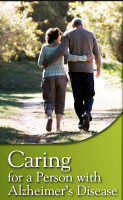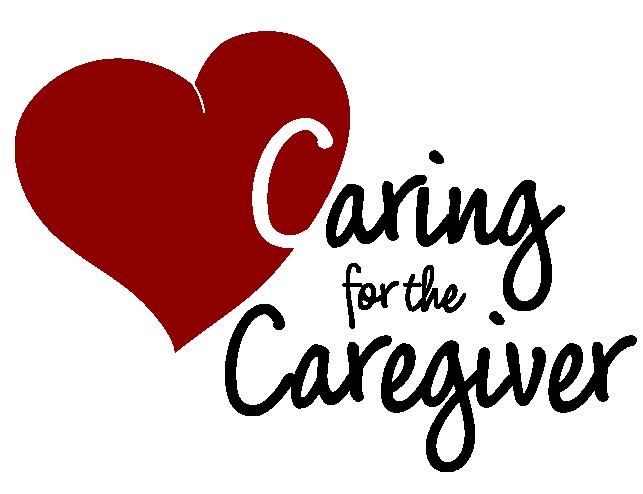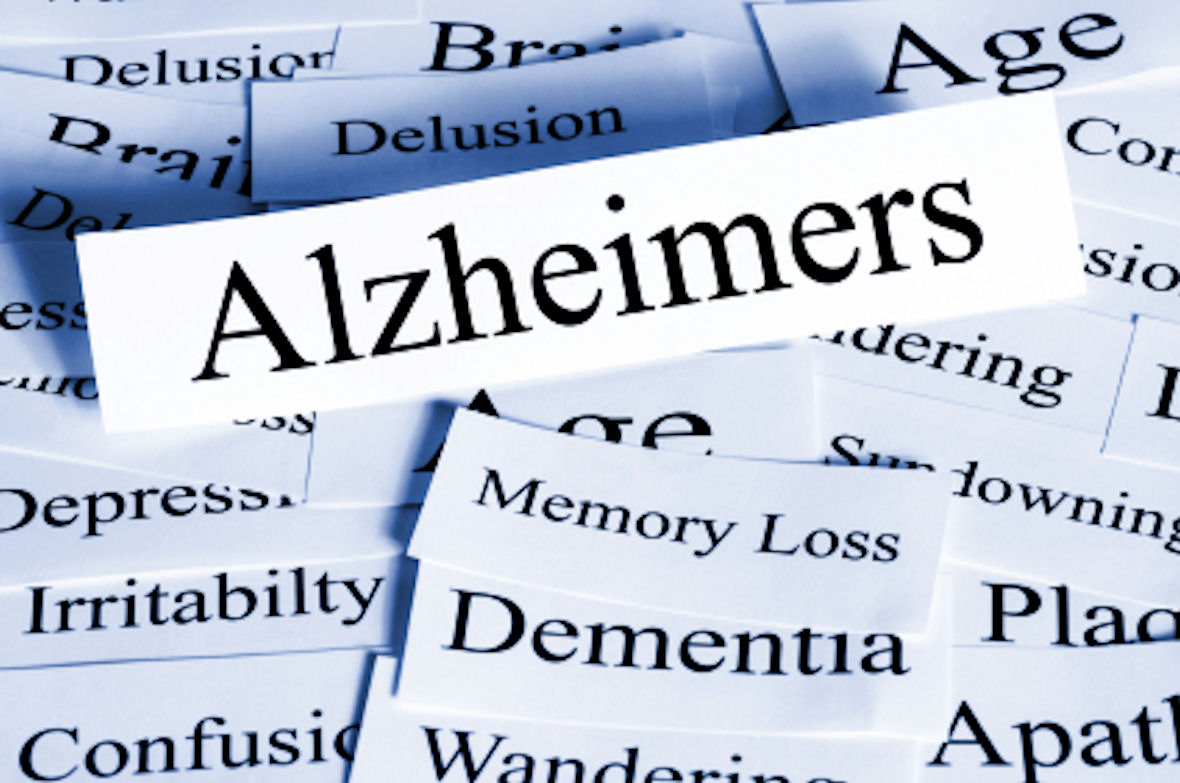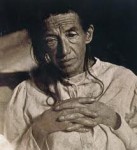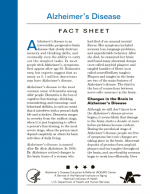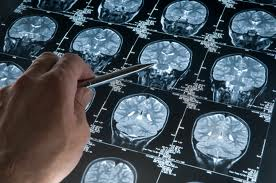The Alzheimer’s Association Autopsy Assistance Network was established because families were increasingly aware that diagnosis of Alzheimer’s disease or a related disorder can be confirmed only through brain autopsy after death. Planning ahead helps families in making the difficult decision for autopsy; families need support and guidance in making the decision and planning for autopsy.
Questions and Answers
Q. Who may request an autopsy?
A. Legally, the next-of-kin or guardian is the person to make that decision. If the spouse is deceased, the oldest child is considered next of kin.
Q. Is a complete autopsy performed?
A. No. In instances where Alzheimer’s disease is suspected, only the brain tissue need be examined for diagnosis; however, a complete autopsy is recommended.
Q. Where is the autopsy performed?
A. If death occurs in a hospital, the autopsy may be performed in that facility; if death takes place in a nursing home, other arrangements will have to be made with a pathologist.
Q. Can I have an open casket?
A. Yes. Brain tissue removal leaves no apparent disfigurement.
Q. Will my relatives know the brain has been removed?
A. Only on close inspection would anyone know an autopsy had been performed, ecause tissue is removed from a non- visible area.
Q. Hasn’t the patient suffered enough? Why put him/her through anything more?
A. It may appear callous to discuss a need for autopsy when dealing with those emotionally burdened, but a refusal based on “they have suffered enough” is the result of an emotional state of mind. Only through autopsy can the diagnosis be certain.
Q. Is it important for children of Alzheimer’s disease patients to have confirmed diagnosis through autopsy?
A. Yes. As our knowledge increases, it becomes more important for families to have complete medical records. If other family members develop dementia, an autopsy confirmed diagnosis of previous cases will be essential for any early treatment the future may bring.
Procedures at Time of Death
- All states require a signed autopsy permit. In some states, it is possible to pre- sign an autopsy permit, but the decision for brain autopsy must be confirmed verbally at the time of death. Autopsy permit forms are available from your pathologist or hospital.
- The pathologist will arrange the details of the autopsy.
- Families can expect a written autopsy report from the pathologist, neuropathologist, or research center within a reasonable time after the death of the patient.
More Information from the Alzheimer’s Association
The Alzheimer’s Association frequently receives inquiries about autopsies such as how they can be arranged, how much they cost and whether or not an autopsy should be performed. Diagnosis and research are the two main reasons for doing an autopsy on an Alzheimer’s patient. While the diagnosis of AD can now be up to 90% accurate, it can only be positively confirmed through autopsy. This provides important medical history and genetic information for families.
Autopsy data also provides information about the prevalence of AD which affects the amount of funding available from the government for medical research. Brain tissue for research purposes is also important to further ongoing investigation in finding a treatment and cure. Contrary to some reports, brain tissue is still needed for this effort.
Planning ahead helps families in making the decision for autopsy. This is a family decision and discussions in advance allow all family members to participate at a time when they are not in the midst of sorrow.
According to Betty DeMasters, MD, University of Colorado Health Sciences Center Pathologist, who has performed many autopsies for AD patients, the key to obtaining a smooth autopsy procedure at the time of death is to work with the attending physician or nursing home physician and plan for the autopsy in advance. Since the tissue must be removed soon after death, it is important for the family to have made prior arrangements.
Dr. DeMasters suggests the primary physician needs to be an advocate for the patient and family in arranging the autopsy at the hospital at which they practice or the facility where the AD patient has been hospitalized.
Pages: 1 2


